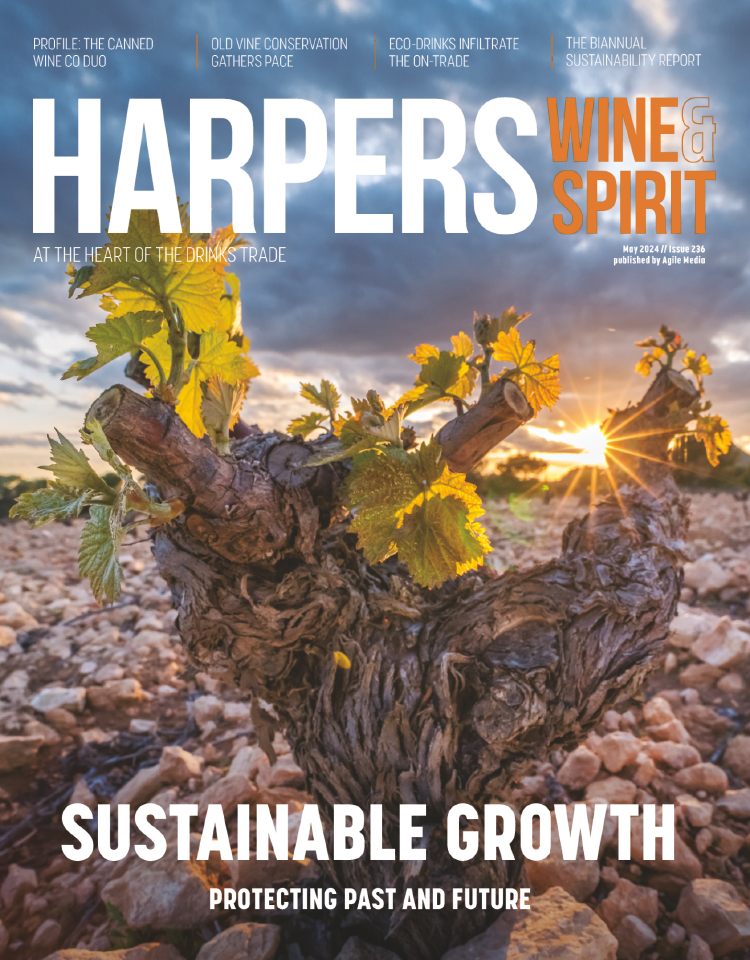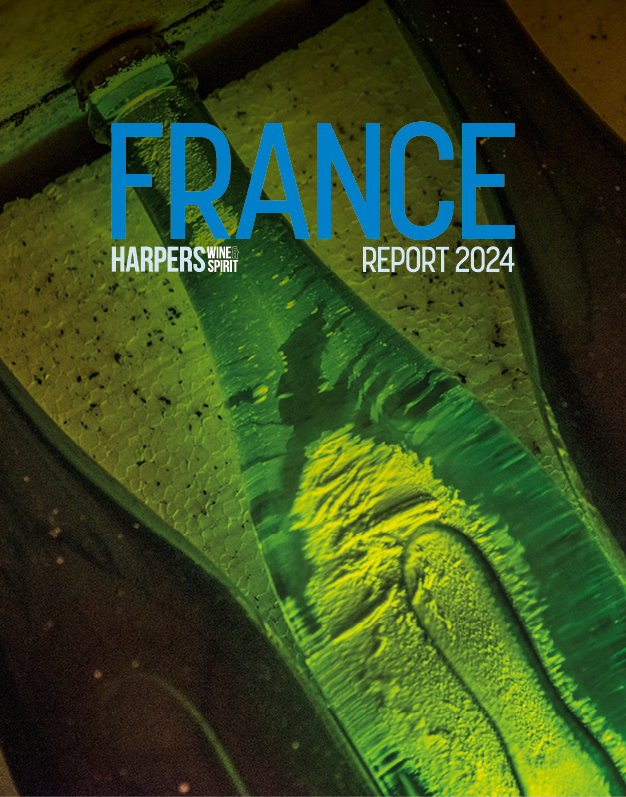
How to Buy Wine: James Hocking, James Hocking Wine
We get under the skin of wine buyers to discover how they got into buying, what informs their day-to-day decisions and what tips they’d offer newcomers.
This time James Hocking, MD of Californian-focused wine agency James Hocking Wine, shares his buying secrets and offers up some pitfalls to avoid.
How did you get into buying?
Before I got into wine, I worked as a corporate banker for HSBC. Back then, in the 1990s, Oddbins was in its heyday; I enjoyed the approachability and it became a regular haunt. I became hooked on wine and days off would be spent up at the London merchants where I was introduced to buying rather more serious wines; Burgundy and Bordeaux in particular. It was the mid-90’s before I made the career change. Like many of the wine trade I started out as a van driver for Oddbins. I was in the Truro branch – Cornwall’s first Oddbins. A couple of years and a WSET Diploma certificate later, by which time I was the area manager, I joined Rick Stein as wine buyer. That role led to running The Vineyard Cellars, the UK’s specialist Californian agency. I left there in February 2019 to set up James Hocking Wine.
What’s the difference between buying for different sectors of the market?
I guess that in the retail market, it’s about showcasing what California can do other than the big brands. It’s about the CA style, the CA “lifestyle”. I see it very much as showing off California as much as the bottled content. With the on-trade, compatibility with food is all-important, so balance is key. I’m loving the attitude of toning down the oak, picking a little earlier, just preserving those lovely fruit notes rather than going for alcohol overload!
But I have to admit that much is determined by price sensitivity, which has been California’s biggest criticism going back over the years. If I see a wine which is $9 FOB, that becomes £20 by the time it’s shipped, and the duty has been paid, even with a modest margin added. Price is particularly important for the on-trade, especially for “by the glass”. It’s the “by the glass” sales which are particularly important for us on the volume side, so there have to be commercially available wines for this category. California is not known for its good value, so careful sourcing is really important.
On the retail front, we work with Hedonism which needs to offer a careful balance between the best wines money can buy and really decent sub-£30 bottles. We also work with private individuals and in this case, there is less price sensitivity as it is more about the rarity and critical acclaim of the wines.
What’s the best buying decision you’ve made in your career?
I think it’s got to be Screaming Eagle, which I bought in 1997/1998 when it was pretty much an unknown entity. I picked up some 1994 for $125 per three bottle case. It now sells for about £4,000 a bottle. I have been on a number of winery mailing lists since the early days, including Pahlmeyer, Colgin and Harlan Estate and was picking these up at around $40 to $50 a bottle. It has always been about getting in on the ground floor and understanding the standout wines, winemakers, and vineyard managers – and their age-ability – early on.
And the worst?
I got very excited about a Sonoma County winery and bought a lot of it. It was very good wine but virtually unsellable. The price wasn’t right, and it just didn’t excite the market. I was convinced it would sell!
How much does ‘gut feeling’ play a part when you’re buying wine?
I think buying wine is as much about buying in to the people as to the wine itself. If there is a good connection, their ethos fits with yours and they are keen to commit to and engage with the UK market, then that’s a really good sign. I would say that is relevant for all of our portfolio right now. The price has to be good though. It’s always about the economics too.
What would be your top tips for wannabe buyers?
Taste everything. Drink or taste on a regular basis beyond the portfolio you are involved in. A good buyer needs to be aware of the rest of the market. I regularly taste wines from Burgundy, Bordeaux, Rhône and Australia for example, so I am aware of the wider market relevant to Californian wines. I think buyers have a responsibility to do that happy spade work.
If I am considering a new winery, I often go and buy that wine in a store so I can taste it without the pressure you might get otherwise. I then feel I am making a very unbiased assessment of that wine. It’s something I used to do with Rick Stein and still do today.
What are your grape/style/region trends for 2020?
In terms of California, I think balance will continue to be a key trend, and I am seeing less oak in the wines. Also, less obvious grape varieties such as Fiano and Albariño, which we will be shipping from Oak Farm. These alternative varieties always need to stand up on their own right and not for their quirkiness alone.
The Californian 2017 vintage for reds is going to be something of a challenge. Some critics have been pretty scathing about the quality, which may result in some resistance to the high-end wines. I am confident there will be some excellent wines out there and will be sourcing very carefully.
Russian River and Lodi are going to be the regions to watch; Russian River for its Pinot and Lodi for its brilliant value.






